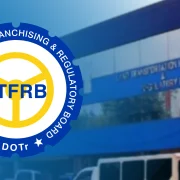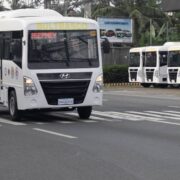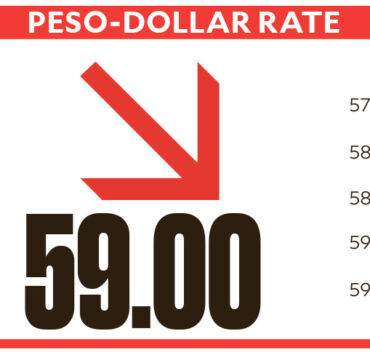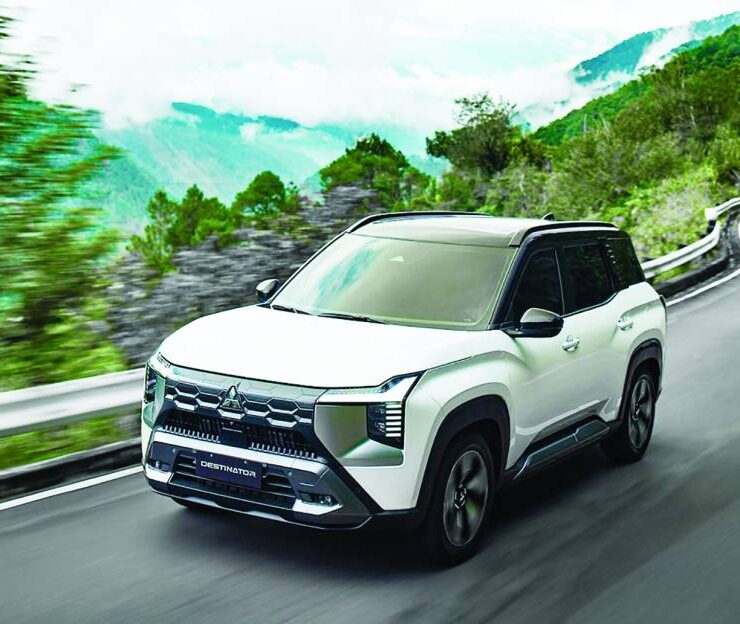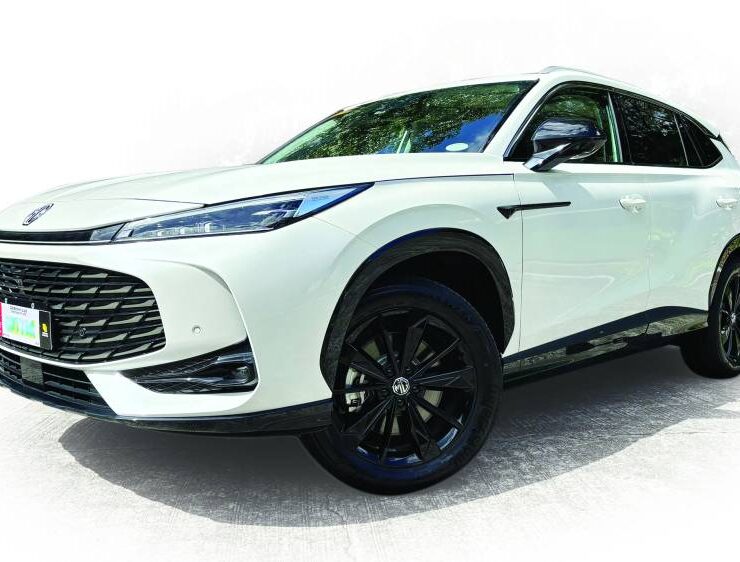May the re-entry of a legend save another from oblivion
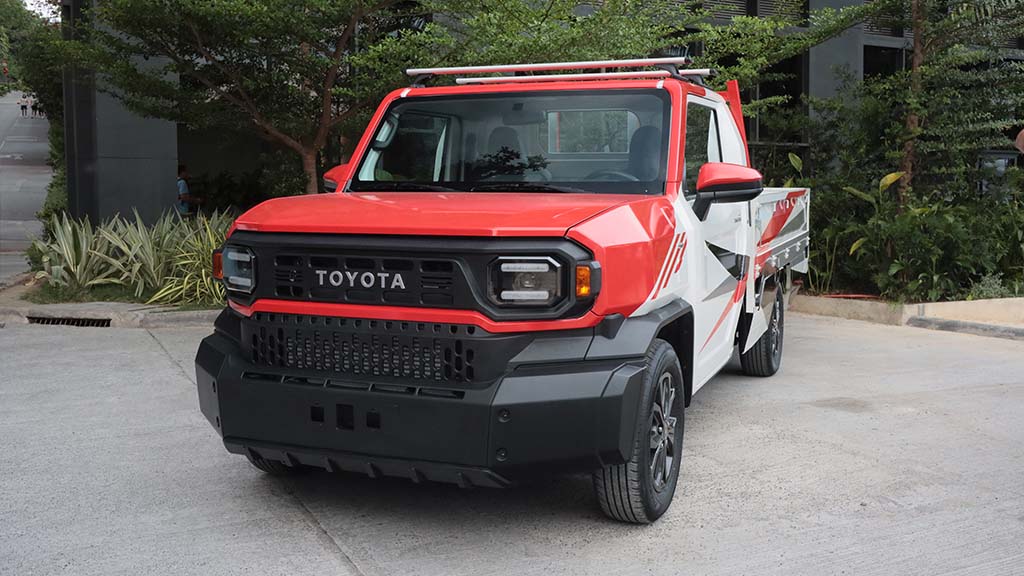
The past always has to give way to the future. And sometimes, there’s a tinge of sadness to it.
Take the case of the embattled traditional jeepney. It wasn’t so long ago that we were calling it the undisputed “hari ng daan,” the “kings of the road.” But then, the Public Utility Vehicle Modernization Program of the government was implemented, and several truck assemblers came out with their version of “modernized jeepneys,” which bore no resemblance whatsoever to the traditional jeepneys. They were essentially mini versions of buses. They were roomier, more comfortable, safer, and many offered air conditioning. But were they IG and FB worthy? Were foreign tourists eager to post their rides on these modernized jeeps on social media? Most modern PUVs had become all function, no form. And we know how Pinoys value “japorms,” sometimes to the detriment of their own comfort and convenience.
But mind you, not all modern versions of classic PUVs have chucked the classic lines. Toyota, for instance, is coming up with the next-generation Tamaraw that’s bound to be a hit with the sentimental crowd.
That shouldn’t be a surprise anymore, though. Toyota Motor Philippines has been offering glimpses of the new Tamaraw here and there, in various motor shows and mobility events in the past few months. But the ceremonial roll-off is happening tomorrow, while the grand public launch is on Dec. 6 at the Glorietta Mall, Trinoma Mall, SM Mall of Asia, Ayala Malls Solenad, Santa Rosa, Laguna, SM City Pampanga, SM City Pampanga, SM City Cebu, SM Lanang Premier, Davao City and Limketkai Center, Cagayan de Oro City. In both events, the Tamaraw will take the centerstage. The public displays are from Dec 6 to 8, and buyers can reserve their units.
The hype is real. Not only is the Tamaraw Toyota’s most iconic utility vehicle for generations in this part of the world, its re-imagining also revives the hopes and dreams of many a micro, small and medium entrepreneur. If you ask me how many people the new Toyota Tamaraw can accommodate, I’d probably answer, “in the millions.” That’s because Toyota Motor Corporation has invested as much as P5.5 billion for the Tamaraw to be built in the Philippines. Thus, so many job and income opportunities are hinging on the Tamaraw’s mass production here.
If you’ve seen any of the enterprising iterations of the Tamaraw lately, you’d agree that it has a bolder design, fitted with more advanced features and creature comforts. My first real look at the new Tamaraw was in May this year, during the 17th Toyota Roadtrek at Samal Island. The versatility of the design was a given, as the Tamaraw was presented in five variations: As a pickup; as a delivery vehicle for various goods; as an FX-type cab; as an ambulance; and as a police patrol.
No doubt, Pinoys will find so many productive uses for the next-generation Tamaraw. The only question that remains is the price point. Will the Tamaraw be within reach of the working-class Pinoy, for people like 65-year-old Jeremias “Jerry” B. Rivas Jr. who still owns and uses his 45-year-old “OG” Tamaraw?
Mang Jerry, whose story I wrote about in this column a few months ago, bought his own Tamaraw in 1979 for exactly P32,330.25, equivalent to roughly P920,000 in today’s rates, adjusted for inflation.
For over two decades of the nearly-five-decade old Tamaraw, Mang Jerry used it to deliver rice to customers in Metro Manila. Once a month, starting in 1980 up to now, he would drive his Tamaraw to Urdaneta in Pangasinan. In that span of 44 years (and counting), not once did his Tamaraw stall. “Except for a flat tire,” Jerry quips. Jerry proudly shares that his Tamaraw could still run up to 100 kph on the expressways.
If you ask me, this is where the Toyota Tamaraw has become most endearing to Pinoys, its “never-say-die” quality, its “I-won’t-quit-if-you-won’t” attitude. After all, Toyota’s iconic workhorse has been named after the indefatigable beast endemic to the island of Mindoro, the only endemic Philippine bovine.
An Earth Island Journal (an Earth Island Institute publication) article in 2019 titled “The Philippines Is Rallying Behind Its Disappearing Dwarf Buffalo” quoted Barney Long, senior director of species conservation at Global Wildlife Conservation as saying that “The Tamaraw is the emblem of Mindoro.” He said that it has also been proposed as the national terrestrial mammal. The story also described the Tamaraw as “small and feisty, with a kind of die-hard attitude.”
Toyota chose the Tamaraw name wisely, and that name has served them well throughout the decades, even beyond the roads of Manila. One of the most popular professional basketball teams in the ‘70s up to the ‘80s was the Toyota Tamaraws. Far Eastern University calls its men’s and women’s UAAP teams the Tamaraws and the Lady Tamaraws, and even Baby Tamaraws (for FEU-Diliman). Incidentally, Toyota Motor Philippines featured the FEU Tamaraws at the display of the Tamaraw during one of the Toyota Gazoo Racing editions at the Clark International Speedway.
Will I see a collaboration between TMP and the government’s Tamaraw Conservation Project soon? I’m crossing my fingers, and keeping my hopes up. It has been in the global automaker’s DNA to make ecosystems work not only in favor of humans, but of all living things that are interdependent upon one another for their survival and growth. The stars are (almost) aligned, and I feel the real Tamaraws, the endangered Bubalus mindorensis, really need a corporate helping hand to save them from imminent extinction.
What’s much sadder than seeing the “king of the road” fade into oblivion? Witnessing one more animal species go extinct, when we had the chance, the resources, and the willing hands, to prevent such a thing from happening.
Let’s not quit on them.











